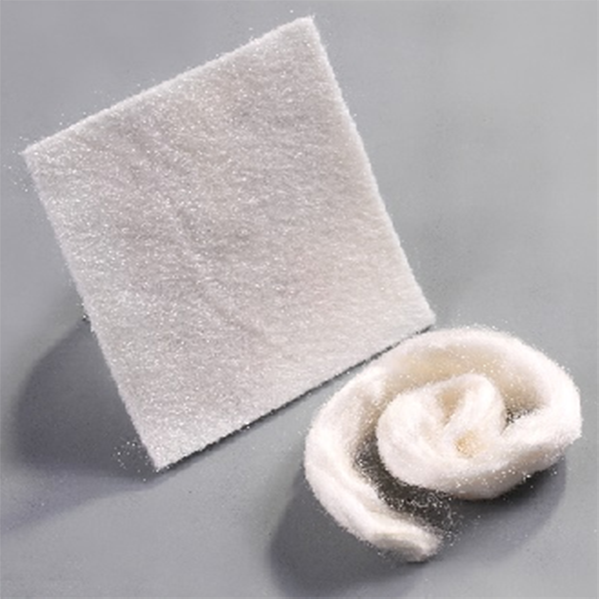18/10/2022
ByWinner Medical
 11743
11743
 Event
Event
When you have a cut, getting a bandage is the obvious thing to do. But sometimes you might not be able to cover the wound with gauze and tape, and this can cause more problems than it solves. How about using alginate for wounds to help heal your wound without the need for bandages? Read on as we take a look at what alginate is, how it is used, and its ingredients of it!

The Application of Alginate
1. Alginate dressing is indicated for moderate to heavily exuding chronic and acute wounds with minor bleeding, such as diabetic foot ulcer, pressure ulcer, leg venous and arterial ulcers, first and second-degree burns, post-operative wounds, and traumatic wounds absorb large amounts of exudates, provides a moist environment for wound bed.
2. The flat dressing can be applied on shallow wounds.
3. The long strip dressing can be applied to cavity wounds.
Alginate Ingredients
Alginate is a natural polymer that is derived from marine sources. Alginate has been used traditionally as a gelling agent in food and pharmaceuticals. Recently, alginate has been studied as a potential wound healer.
Alginate has the ability to form dense granules that trap water and nutrients within the gel matrix. This creates a moist environment for wounds. Alginate can also be used to stimulate the production of new tissue by increasing the number of blood vessels and cells.
Alginate has been demonstrated to be beneficial for wound healing in several different research investigations. According to the findings of one study, alginate was an excellent treatment for wounds on the skin of rats. In clinical tests, it has also been demonstrated that alginate is useful in the healing of lesions on human skin.
Conclusion
We've explored the science behind alginate and see if it can really be beneficial for wound healing. So whether you are considering using alginate as part of your overall wound care routine or just want to know more about what it is and how it works, contact Winner Medical!